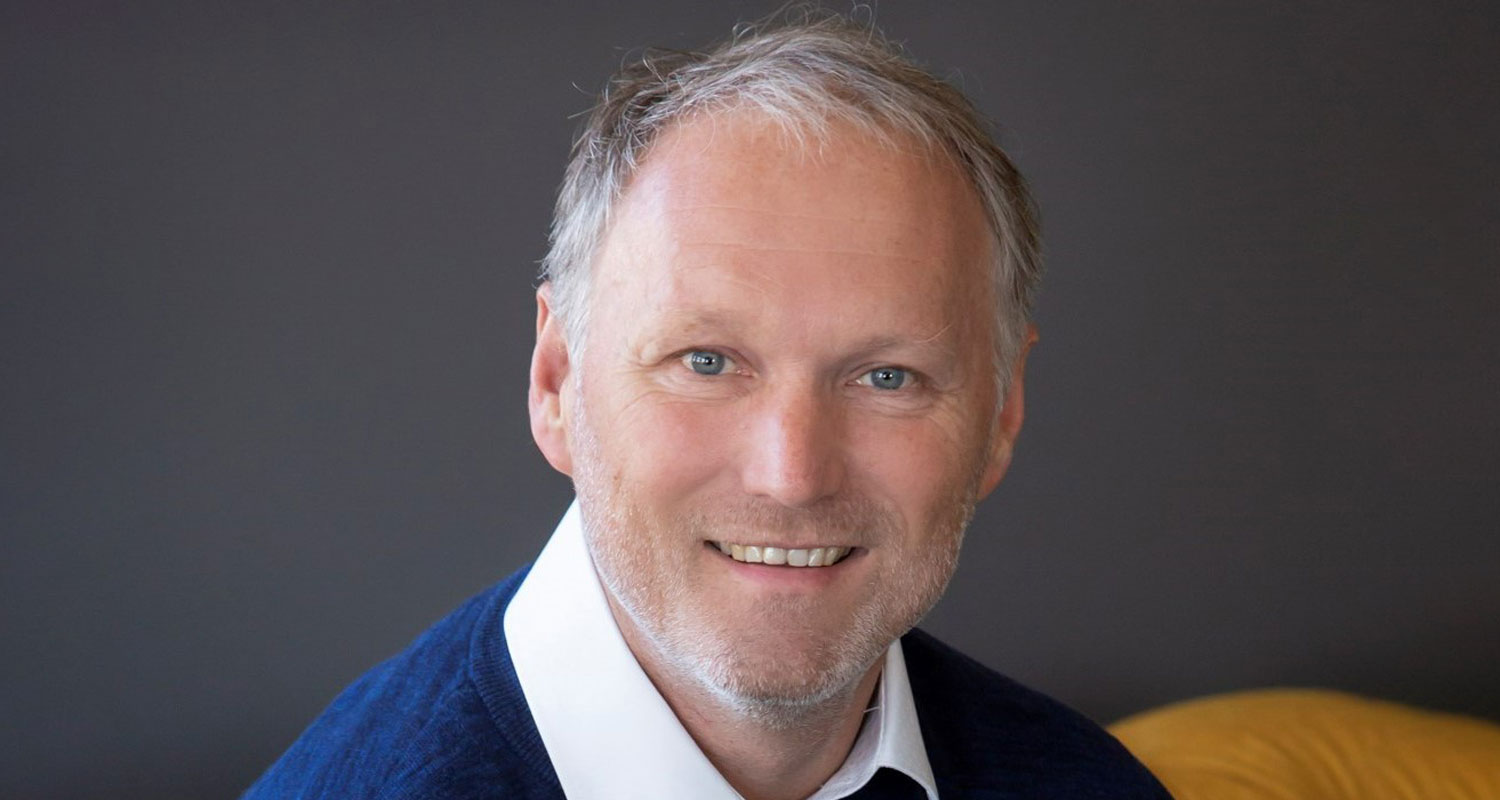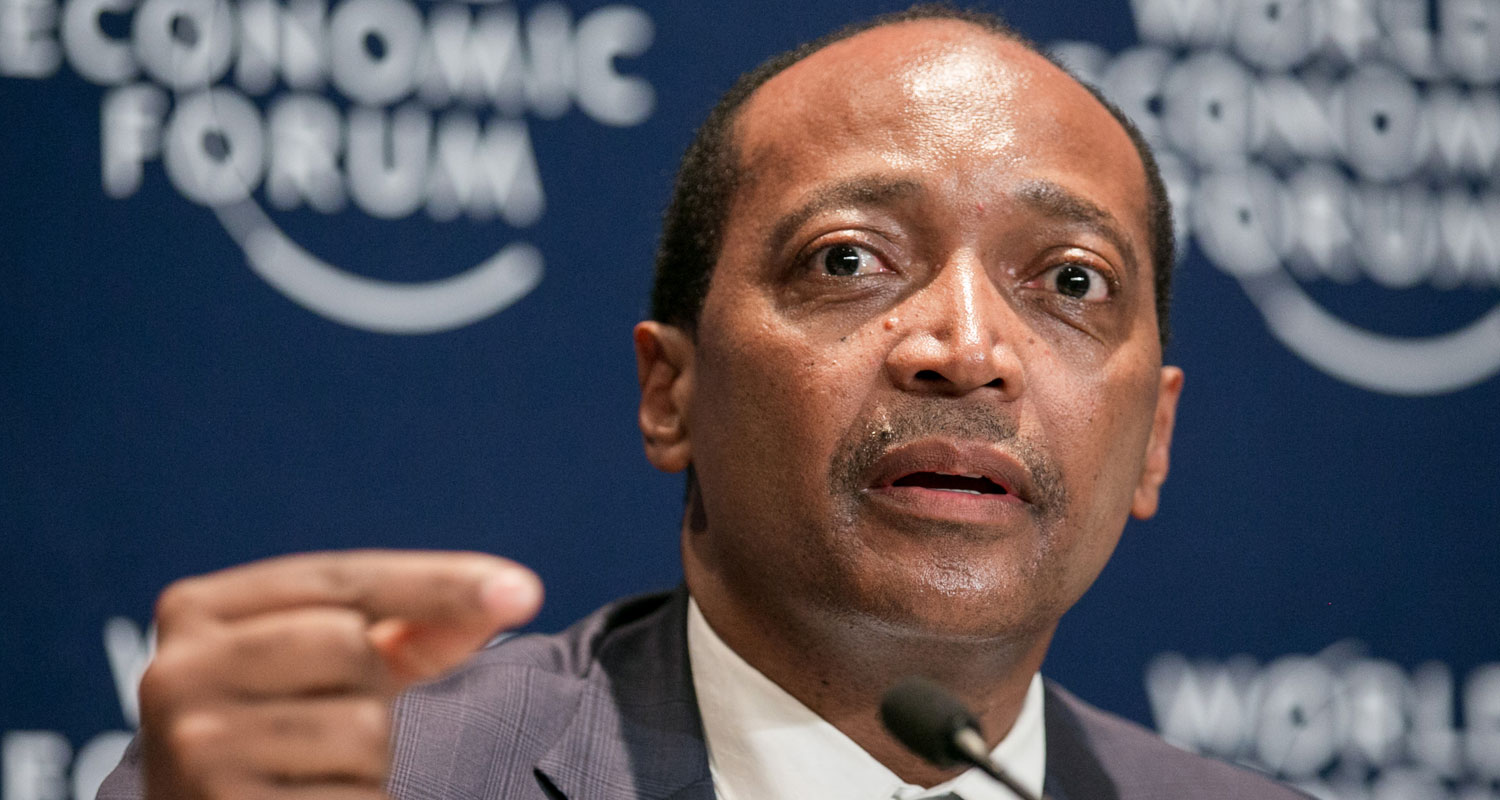
 Karl Westvig
Karl Westvig
TymeBank parent, the Patrice Motsepe-controlled Tyme Group, earlier this week announced it had raised US$250-million in a new funding round, turning it into a “unicorn” with a valuation of $1.5-billion, or about R27.5-billion.
The investment round was led by Latin America’s most valuable financial services company, Nu Holdings, the parent of the world’s largest standalone digital bank that has 110 million customers in Brazil, Mexico and Colombia. It invested $150-million of the $250-million raised by Tyme Group in the latest round.
M&G’s Catalyst fund put in $50-million, while existing shareholders also invested $50-million, Tyme said. Its current backers include Tencent Holdings, Gokongwei Group and Norrsken22.
I think we are fairly clear on this: we want to be a top three bank in the next three or four years
Tyme Group is headquartered in Singapore but operates as TymeBank in South Africa, where it has notched up more than 10 million customers, according to a report.
TechCentral editor Duncan McLeod spoke this week with TymeBank CEO Karl Westvig about the Nu Holdings investment, TymeBank’s plans for South Africa and Tyme Group’s planned future listing in New York. This is an edited transcript of the discussion.
Duncan McLeod: I gather Nu Holdings has no intention of entering the markets in which you’re operating?
Karl Westvig: We think so. Being based in Latin American, the time zones are significant for them to Asia, and it made more sense for them to say, “How do we get an option into Asia via another entity?”
DM: I don’t know if you are prepared to disclose this, but could you provide some insight into the sort of multiple that’s been attached to Tyme Group through this latest capital raise.
KW: So, our last raise was done at $970-million; this one is $1.25-billion, pre-money. So, it was a small uptick in the last round. At the end of the day, it was a willing buyer, willing seller discussion that took place. Multiple wise, the stage we’re in means using a net operating income (NOI) multiple. So, it’s going to be in the 5-10 range of NOI. We’re not yet at the profitability or PE (price-earnings multiple) stage.
DM: Understood. Now Tyme Group has spelled out its ambitions in in the Philippines and Indonesia, which are clearly big opportunities, but can you provide some insight on what you’re hoping to achieve with your South African operation. What is your long-term goal in South Africa with TymeBank?
KW: I think we are fairly clear on this: we want to be a top three bank in the next three or four years, and it won’t be on asset size, because we have some very well-established incumbents in the market. But certainly, as far as growth is concerned, we want to be the most-loved bank in South Africa, to have the highest Net Promoter Score. We want to have the lowest cost-to-income ratio and the highest return on equity.
So, there are significant plans for the next three years. We now just got to the breakeven-profitable stage. The benefit of a digital model, though, is that our costs are largely fixed, which means any revenue added on top has amazing economies of scale and a very positive Jaws ratio. So, we think we’re just at that point where we’re now going to start seeing hypergrowth in profitability.
 Patrice Motsepe. Image: World Economic Forum
Patrice Motsepe. Image: World Economic Forum
DM: Which bank is currently leading with the lowest cost-to-income ratio, and where does TymeBank fit in?
KW: It’ll be sitting probably with Capitec. We think we can get into the mid-30s and under that.
DM: Why is a lower cost-to-income ratio so important in banking?
KW: A couple of things matter to us. One is our cost of customer acquisition. We have arguably the lowest cost of acquisition in the world, outside of China, at between $4 and $5 per customer, which is about 10% of the incumbent banks, and it’s probably 30% of Capitec’s. So, we have a really low cost to acquire customers through our model. We have the lowest cost to serve on an ongoing basis as well, which means we have a long-term sustainable advantage in the cost space, which means any revenue you generate above that gives you high profitability and a low cost-to-income ratio.
DM: Who is your target market in South Africa? And how will that change in time?
KW: We do expect it to change. So, we are in the mass-market-moving-to-mass-affluent space. We have multiple cohorts. We serve grant recipients; we have a large base of grant recipients. We have a large base of mass and mass-affluent, too. We’re skewed towards the younger population, being digital. We don’t have the product proposition yet to compete head-to-head with some of the incumbents. That’s part of our next 12-month road map – filling those gaps and making sure that by end of next year, we’re in a position to compete head-to-head.
DM: Which new products do you need to fill those gaps?
KW: Credit card at scale is one example. Scaling personal loans to provide a competitive lending product in the market is another. And then, just overall, providing great customer service.
 DM: What about the rest of Africa, or at least maybe the Southern African region? Do you have plans to expand TymeBank beyond South Africa’s borders?
DM: What about the rest of Africa, or at least maybe the Southern African region? Do you have plans to expand TymeBank beyond South Africa’s borders?
KW: We are open to opportunities that come along. But when we look at expansion, we typically look at a couple of things. One is, is the market digitally savvy? Can we operate cloud-based platforms, which means we can have our data stored in the cloud, as opposed to in-country? Do they offer digital contracting? We are digital only. We don’t handle paper, and many of the African territories still require either wet signatures or systems on premises, or in the country. So, there are some obstacles.
DM: Tyme Group has spoken previously about a potential listing in New York. What is your current thinking around that? And what would you hope to achieve through an initial public offering?
KW: That’s still the plan, to be IPO-ready by 2028, and the New York Stock Exchange is still the preferred exchange. We’ll see how it unfolds, and at that stage we’ll have South Africa profitable, we’ll have the Philippines profitable, and we’ll have at least another two scale markets growing. So, it’ll be a good IPO story.
And through the listing, I guess you get multiple benefits. One is you can raise capital for further expansion. And I guess it also gives some of the shareholders, the existing shareholders, who walked a long road with us, a way to exit if they need to. – © 2024 NewsCentral Media
Get breaking news from TechCentral on WhatsApp. Sign up here
Don’t miss:
Meet the CIO | TymeBank’s Bruce Paveley on building a digital bank











Comments